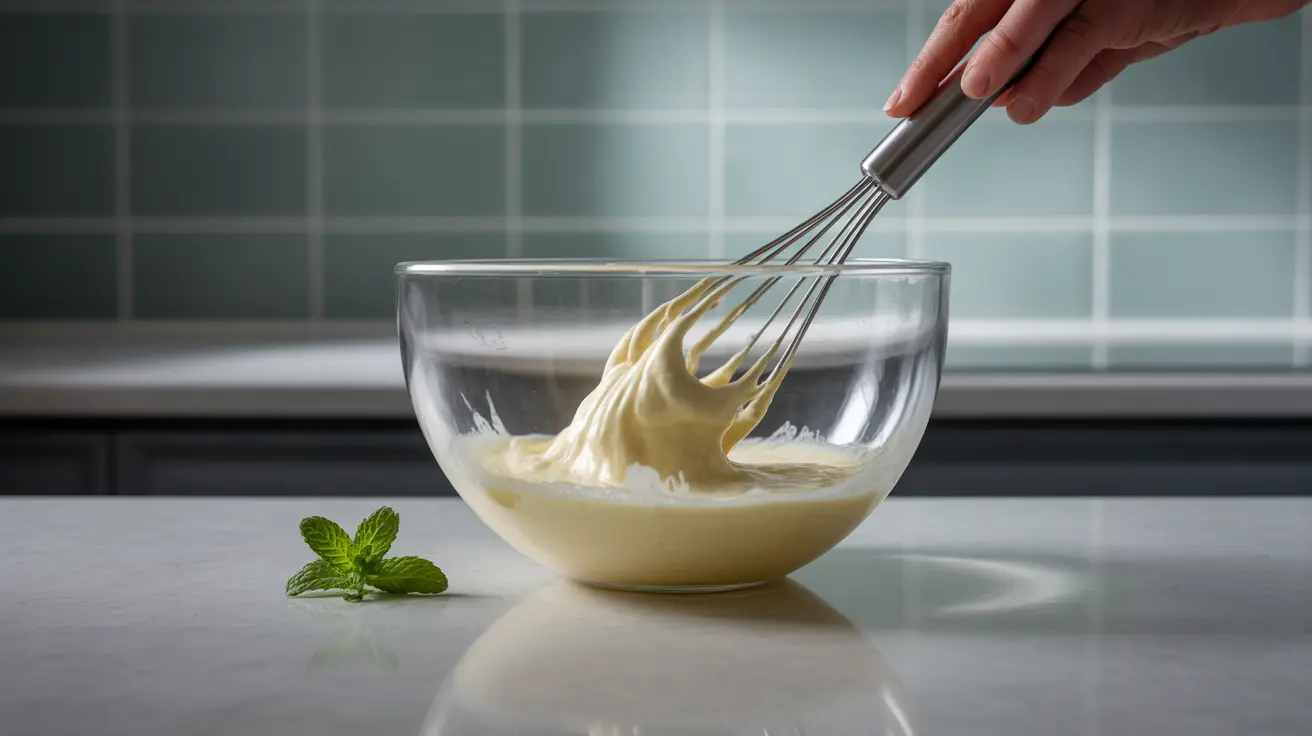Aquafaba has emerged as a revolutionary ingredient in plant-based cooking, offering a sustainable and versatile alternative to eggs. This unique liquid, derived from cooked chickpeas or other legumes, has captured the attention of nutritionists and home cooks alike for its remarkable properties and potential health benefits.
Understanding aquafaba's nutritional profile and proper usage is essential for anyone looking to incorporate this egg substitute into their diet, whether for ethical, health, or dietary reasons. Let's explore the comprehensive details of aquafaba nutrition and its practical applications.
What is Aquafaba and Its Nutritional Composition
Aquafaba is the viscous liquid that results from cooking chickpeas or other legumes, or the liquid found in canned versions. Its composition primarily consists of water, proteins, carbohydrates, and small amounts of minerals.
Key nutritional components per 3 tablespoons (approximately 45ml) of aquafaba include:
- 3-5 calories
- Less than 1 gram of protein
- Trace amounts of carbohydrates
- Minimal fat content
- Small amounts of calcium, potassium, and magnesium
Benefits of Using Aquafaba
Low-Calorie Alternative
For those monitoring their caloric intake, aquafaba presents an excellent option. With just 3-5 calories per serving, it offers significant calorie savings compared to whole eggs (70-80 calories) or egg whites (17 calories).
Allergen-Free Properties
Aquafaba serves as a safe alternative for individuals with egg allergies or those following a vegan diet. It's naturally free from common allergens and suitable for various dietary restrictions.
Versatility in Cooking
This remarkable ingredient can be used in numerous ways:
- Meringues and pavlovas
- Mousses and whipped toppings
- Mayonnaise and other emulsified sauces
- Baked goods as a binding agent
- Cocktails for creating foam
Proper Usage and Storage
Understanding the correct ratios and storage methods is crucial for successful implementation of aquafaba in recipes. The liquid can be stored in an airtight container in the refrigerator for up to a week, or frozen in ice cube trays for future use.
General substitution guidelines:
- 3 tablespoons aquafaba = 1 whole egg
- 2 tablespoons aquafaba = 1 egg white
- 1 tablespoon aquafaba = 1 egg yolk
Frequently Asked Questions
What are the nutritional benefits and drawbacks of using aquafaba as an egg substitute?
The main benefits include very low calorie content, cholesterol-free composition, and allergen-free properties. The primary drawback is its lower protein content compared to eggs. While aquafaba contains some nutrients from chickpeas, it's not as nutritionally dense as whole eggs.
How many tablespoons of aquafaba should I use to replace one egg or egg white in recipes?
Use 3 tablespoons of aquafaba to replace one whole egg, 2 tablespoons for one egg white, and 1 tablespoon for one egg yolk. These ratios work best in most recipes, though some may require slight adjustments.
Is aquafaba safe and suitable for people with egg allergies or on vegan diets?
Yes, aquafaba is completely safe and suitable for both people with egg allergies and those following vegan diets. It contains no animal products and is free from common allergens found in eggs.
Can aquafaba help with weight management due to its low calorie content?
Yes, aquafaba can be beneficial for weight management as it contains only 3-5 calories per 3 tablespoons, compared to 70-80 calories in a whole egg. This makes it an excellent low-calorie alternative in recipes where eggs would typically be used.
How does the protein content of aquafaba compare to that of egg whites?
Aquafaba contains significantly less protein than egg whites. While egg whites contain about 3.6 grams of protein per large egg white, aquafaba contains less than 1 gram of protein per 3 tablespoons. If protein content is important in your diet, you may need to compensate with other protein sources.




